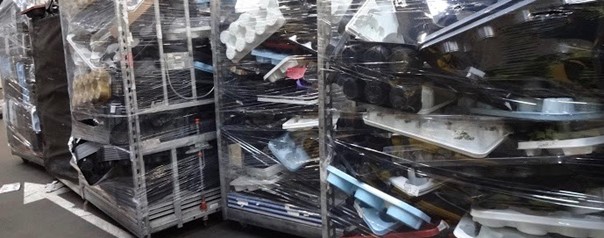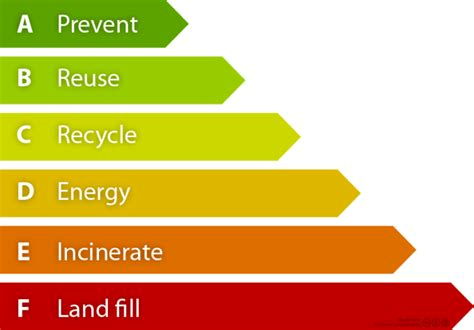When the subject of sustainability in floriculture is discussed, it usually concerns matters such as the amount of energy (gas) that is consumed in the sector, the use of chemicals plus fertilizers and the amount of plastic that circulates in floriculture.

Curiously, the answer to the amount of plastic is usually "recycling" of plastic and rarely "replacing by non-plastic" or "reduce". While those options do exist. For years, things like labels, plant pots and trays can also be made of paper, possibly improved with coatings or resins. In addition, there are now finally serious attempts to use reusable trays and other carriers. To illustrate this, here are just a few of the many initiatives in this area in the meantime:
- Article on replacement of plastic cutting and seed plug:
https://smartfarming.nl/artikel/2022/04/06/zachtfruittelers-testen-biologisch-afbreekbare-stek-en-zaaiplug - Position paper (somewhat older) about the use of disposable trays by the Plastic soup foundation:
https://www.plasticsoupfoundation.org/wp-content/uploads/2019/07/PositionPaperNL.pdf - White paper on the use of materials in labels by Floramedia:
https://floramedia.nl/green-white-paper/
- Initiative with the German Retail to replace the plastic trays:
- Greenport decision tree tool for more sustainable packaging:
In general, the preferred order of use of plastic is the so-called Lansink ladder.

GTC+ is in the middle of these developments and is happy to help all entrepreneurs to become more sustainable. GTC+ also has a huge network of players who in turn can help make real change through the use of alternative materials. Do not hesitate to get in touch!